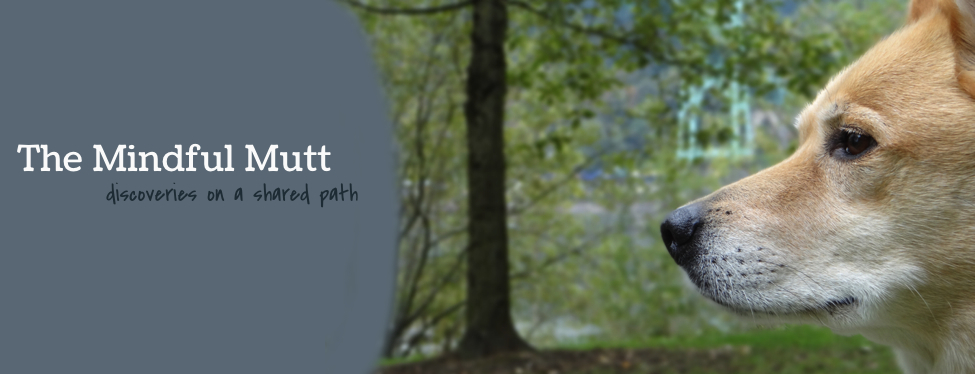When positive is a bad thing
 Wednesday, June 16, 2010 at 10:47AM
Wednesday, June 16, 2010 at 10:47AM
We might have an easier time if we substituted "addition" and "subtraction" for "positive" and "negative" in our description of the consequences that condition behavior. As awkward and ungrammatical as "addition punishment" might be, it would at least have the advantage of common sense. But for now we have "positive punishment," and I want to examine some of the fundamental reasons that it's bad not only in the moment for the trainee but in the long term for the trainer.
Sad to say, there are people who get a charge from punishing other creatures; we can define a sadist as someone who finds punishment (colloquially here, the infliction of suffering) reinforcing. These are often people whose insecurity runs so deep that they require cringing submission from dogs or children or spouses to reassure them of their power. The New York Times Magazine recently ran an article by Charles Siebert describing a shift in the attitude of police and others in law enforcement toward animal abuse: as they have come to recognize its strong correlation with other, human-directed forms of violence, they have begun to take it more seriously.
The fact that many serial killers begin by torturing animals is well enough established to have become something of a cliché in film and fiction, but I hadn't known how often animals are used as the levers of pressure in abusive family dynamics. According to Siebert, abusers will often threaten violence against a pet in order to bend other family members to their will. This kind of emotional blackmail has the horrible side effect of eroding empathy in the victim: a child who is helpless to protect a beloved dog or cat can only defend himself against the pain of identification by numbing himself to the animal's suffering, even to the extent of participating in the abuse.
Many (I want to think most) of us with pets use punishment more "judiciously," and yet it's difficult to make an indelible distinction between abusive and "constructive" punishment. On the question of what motivates abuse, Siebert quotes Randall Lockwood, the ASPCA's senior vice-president for forensic sciences and anticruelty projects: "I've spent a lot of time looking at what links things like animal cruelty and child abuse and domestic violence. And one of the things is the need for power and control. Animal abuse is basically a power-and-control crime."
All social engagement requires negotiation. When we share our lives with other creatures, we often find that our desires clash. When compromise seems impossible, we may resort to force to impose our will. If we are not sadists, if our sense of compassion is strong enough that we feel the pain we inflict ("this hurts me more than it hurts you"), we punish because we're convinced that nothing else will work-- we don't know how else to interrupt or eliminate behavior we find unacceptable. In the heat of frustration or anger, we're often unable even to imagine other possible responses, let alone consider their relative efficacy.
Regardless of the soundness of our reasons and the resilience of our capacity for empathy, we punish because we can. We are only able to use pain as an "instructive tool" if we're at least momentarily in a position of superior power (real or credible): we either don't expect retaliation or are prepared to escalate our force if the other party fights back.
Committed positive trainers reject that contract. They recognize the fundamental imbalance of power that exists when one creature is dependent on another for its sustenance and many of its pleasures, but refuse in principle to exaggerate that advantage through the use of force. Indeed, many of our methods were developed in situations where coercion wasn't practicable, with wild animals in open spaces.
We reject punishment in principle, but as impulsive animals with many bad habits (maybe I should speak only for myself here!) we may sometimes find it difficult in practice to eliminate it from our training. Fidelity to positive reinforcement requires self-discipline, and so in the process of training other animals, we discover that our first, most important (and most challenging) task is to train ourselves.
Photo by Bob Pearson.




